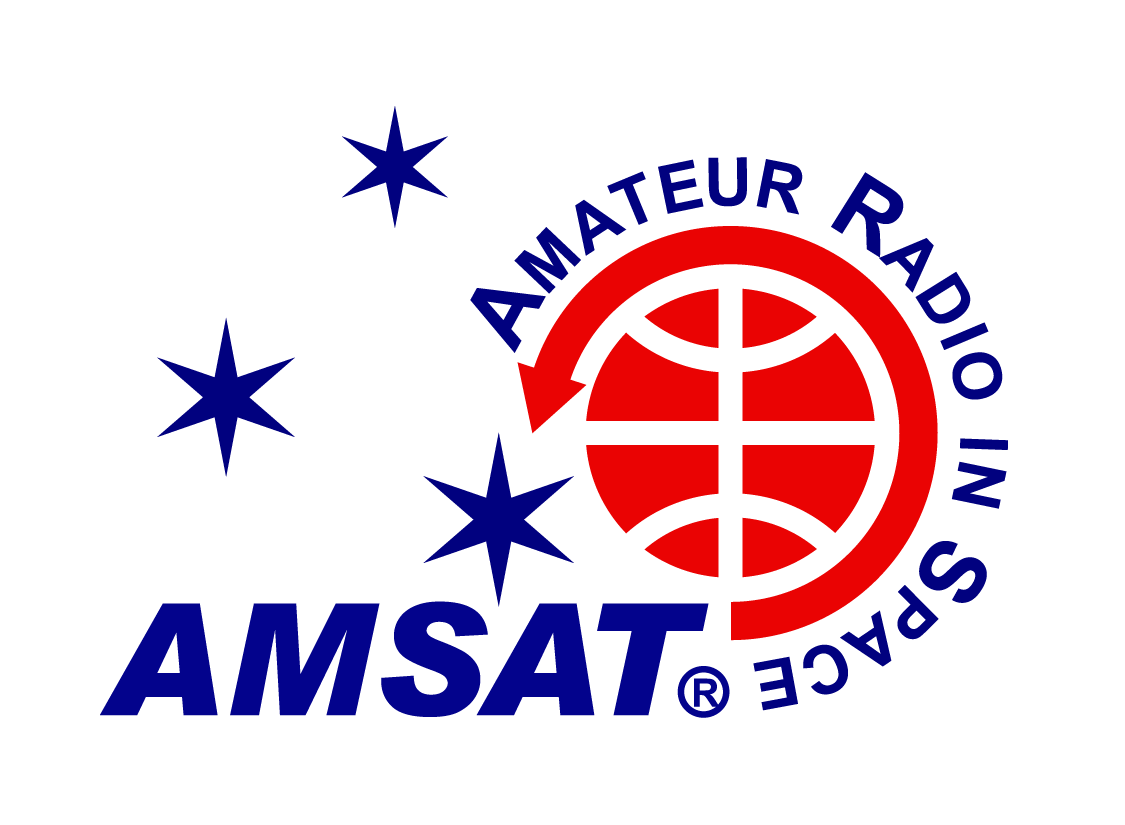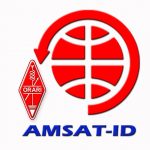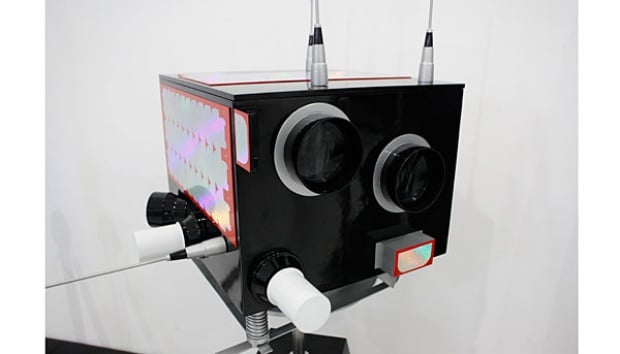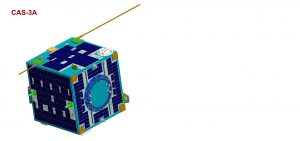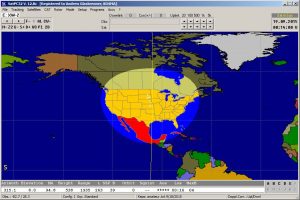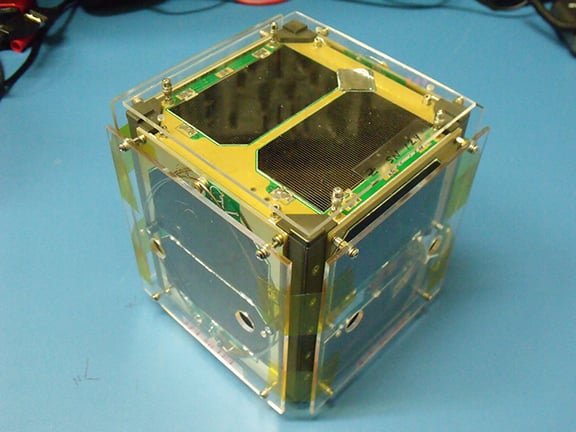From the AMSAT Bulletin Board Mailing List:
I wanted to announce the release of FoxTelem Version 1.01. If possible,
everyone should upgrade to this new version. In addition to some new functionality it fixes some bugs and issue that mean more data will be uploaded to the server.
This is a patch release. If you already have 1.00 installed then download
the file FoxTelem_1.01_patch.zip
You can download it from:
http://amsat.us/FoxTelem/windows
http://amsat.us/FoxTelem/mac
http://amsat.us/FoxTelem/linux
Only two files have changed (plus the manual). Copy these files into your
install directory
– FoxTelem.jar
– spacecraft/FOX1A_radtelemetry2.csv
You can also download the whole install file and install it in a new
directory. You can use the
settings menu to continue using your existing log files. Ask if you need
assistance.
Lots has changed in this release and many bugs have been fixed. Please
report any issues
that you see.
Release notes:
* Allow the user to view and set the “track” attribute for each spacecraft
(and other parameters)
* Better doppler tracking in IQ mode and more stable estimate of the
received frequency
* Better Find Signal algorithm with tuning paramaters for experts
* Read Time Zero from the server for each reset and use to plot graphs in
UTC
* Set the default fcd frequency to 145930 so that Fox-1A, Fox-1Cliff and
Fox-1D will be in the passband
* Allow the gain to be set on the FCD (rather than hard coded)
* Do not change the FCD LNA or Mixer Gain. Leave unchanged.
* Do not open the FCD unless the start button is pressed
* Fixed a bug where the last 2 bytes of the radiation telemetry were not
decoded correctly
* Allow Vanderbilt radiation experiment to be graphed
* Allow user to select UDP or TCP for upload to the server (but use UDP
for now please)
* Shorten the period between passes so that graphs look continuous
* Ignore duplicate high speed radiation frames – needed for processing
data from the server
* Allow graphs to be hidden so that average or derivative is easier to see
* Notify the user when a new release is available
* Cleaned up the FFT trace with some averaging
* If showRawValues is checked then save CSV files as raw values
* Several updates to the manual
—
Chris E. Thompson
chrisethompson at gmail.com
g0kla at arrl.net
